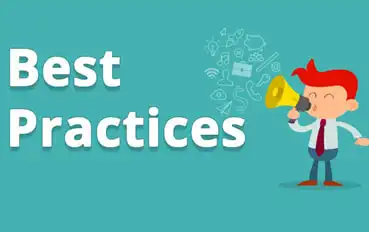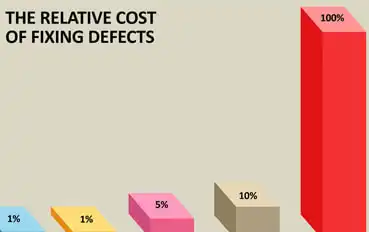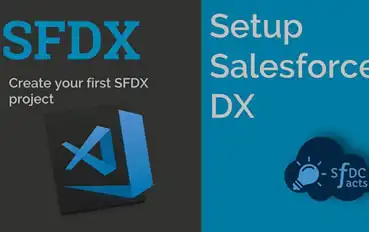Every dev team is going to have a unique approach to their projects. And this is good! The specific tools, needs, and expectations will introduce differences to each approach when comparing across various organizations. However, even with these variations, there will be similarities shared between the most successful dev teams.

We probably don’t need to tell you, but data security is more of a necessity now than ever before. The threats to your Salesforce environment are constantly evolving and becoming more refined. This could come in the form of a malicious cybercriminal actively working to infiltrate your system, but it could also be something as innocuous as an accidental deletion by a team member.
But no matter the cause of a data loss event, the result can be extremely costly. And if personally identifiable information is exposed, it can be damaging for your customers, clients, or team members.
So how does a dev team transition to a DevSecOps approach to Salesforce development?


 A quality pool of data will help with accurate reporting and lead to better informed decisions. Proper handling of data leads to stronger processes and a more secure system—which should always be a goal of DevSecOps.
A quality pool of data will help with accurate reporting and lead to better informed decisions. Proper handling of data leads to stronger processes and a more secure system—which should always be a goal of DevSecOps.



